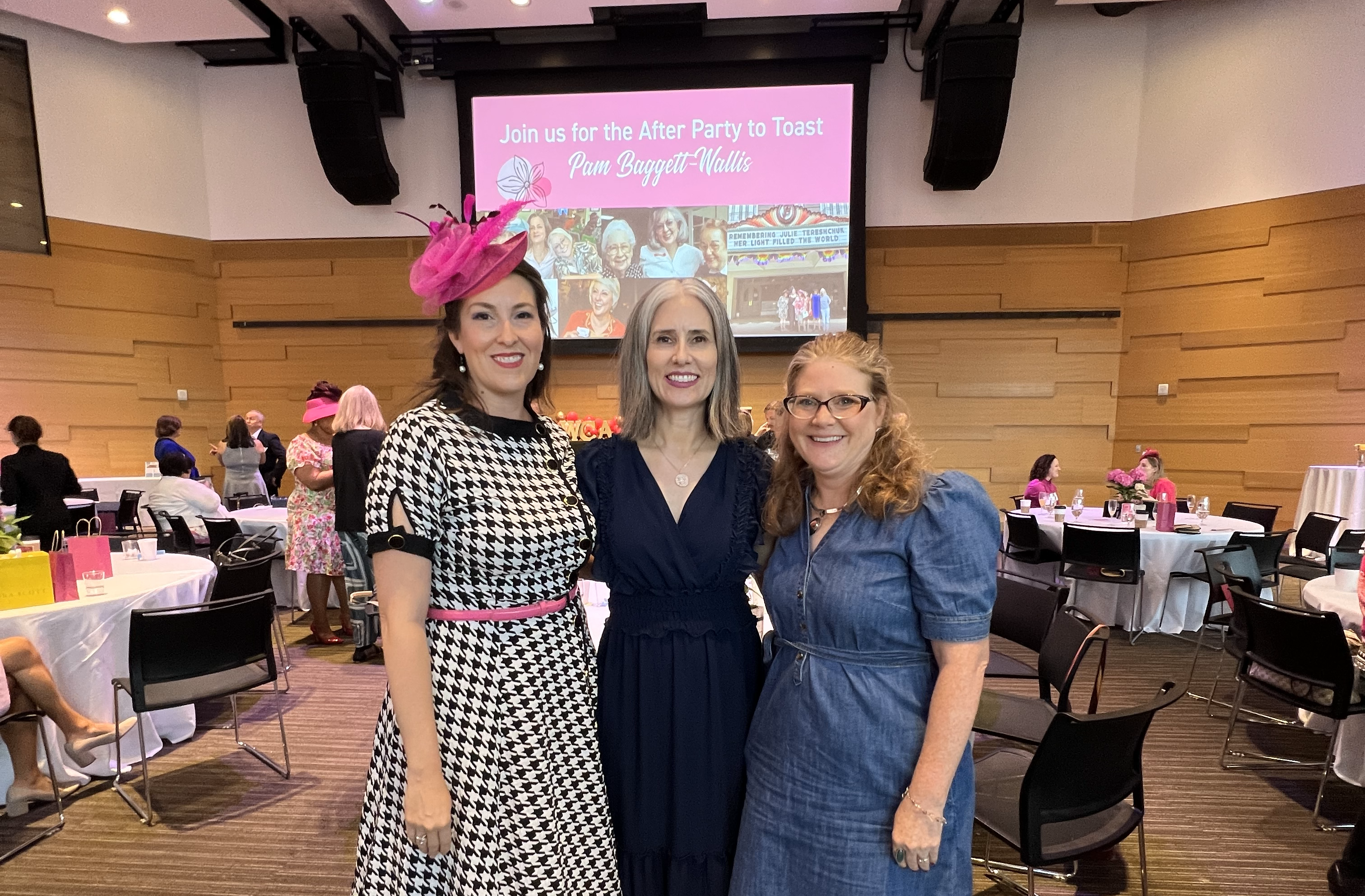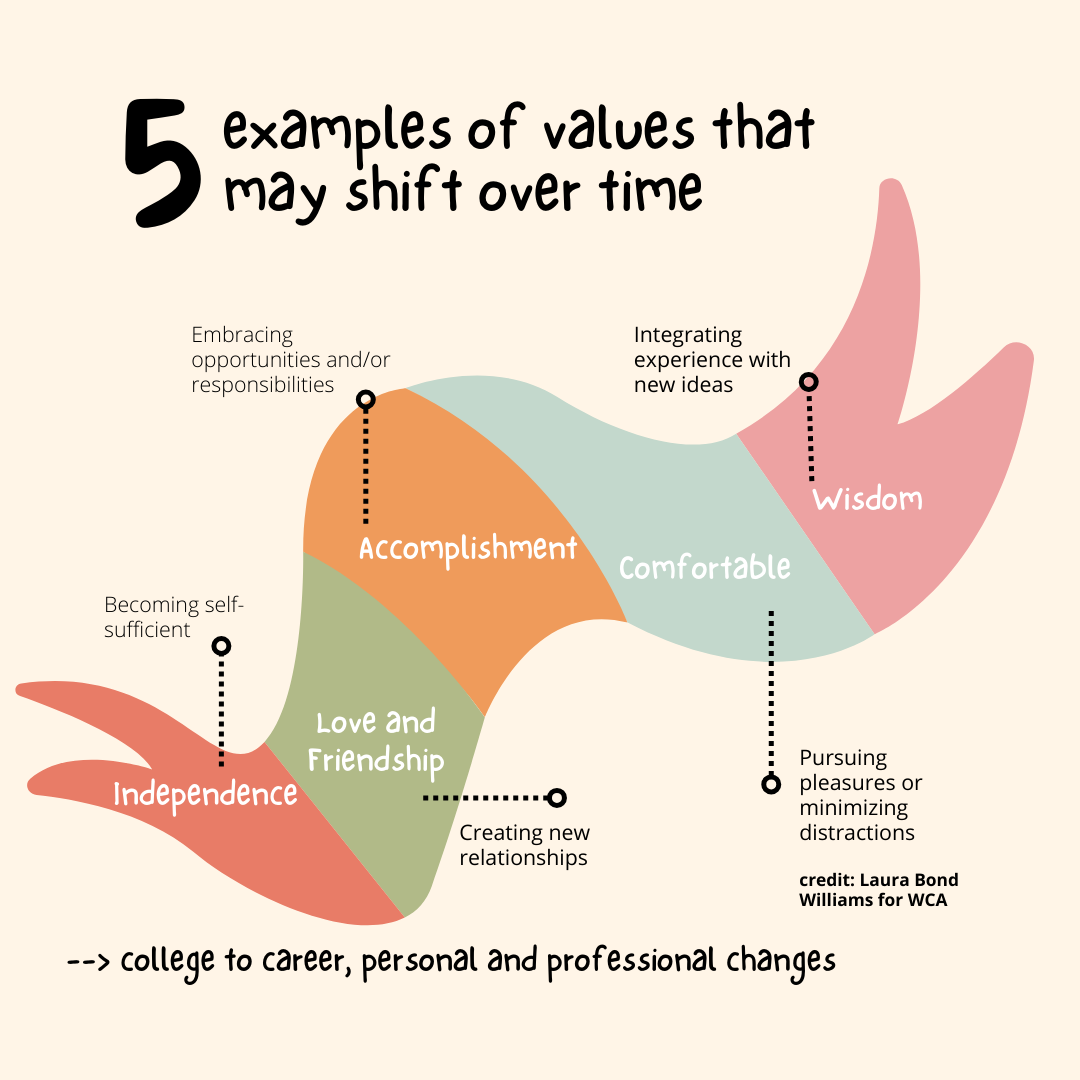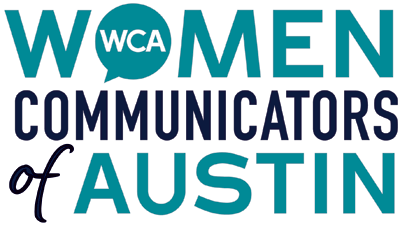Purpose “the reason for which something is done or created or for which something exists.” (Oxford Languages and Google)

When you think about purpose, do you feel inspired and buoyed by possibility and opportunity?
Or weighed down by doubt?
If how you feel depends on the day, you may be out of sync with one of your core values at work. Our values are our beliefs in what’s important and what we do to reflect them. Values may be instrumental or terminal; instrumental values are our means to the end. They are how we want to feel as we go about our work and live our life. Terminal values represent what we want to feel as a result of our efforts.
If you doubt that you’re in the right job for you or unsure if your work is meaningful to you, do not panic. You have good company. We can be skilled at work and also skilled at living with the “dissonance” of being out of touch with one of our values. To get along with others, we might place their values as important as our own. We might adopt an organization’s mission and vision with enthusiasm and embrace its values, too.
Although they may seem fixed, our values shift their order of priority throughout our life.
One of my favorite coaches, WCA member and coach Ann Daly, Ph.D., described this dissonance as “sand in your shoe,” a gritty feeling that we are not where we are meant to be.
The alternative? Feeling a clear sense of purpose.
Being out of sync with your values does not mean you’re living life in the shadows of society or doing something wrong. It may simply mean that the values that got you here may not be the same ones that take you where you want to go next. Dissonance may be a sign pointing toward personal and professional growth opportunities.
You do not have to wait for dissonance to explore your purpose, the relationship between your values and your work. Try one of these exercises to deepen your understanding of values that drive you.
Get in Touch with What You Want – When you have clear goals and wants, you may have a stronger connection to your values. Make a list of 25 things that you want in your life. In the list, include things that you have right now and want to keep.
Simplify Your Values – In a universe of infinite possibilities, what if only three or five values are driving your decisions? A tool such as the Rokeach Value Survey asks us to put them in order according to where you are and what you want today.
Reflect on Your Past – What are your major accomplishments in life? Pick five that create the strongest emotional response, then for each one, ask yourself: what idea led to this? Why was this important to me? How does each one feel?
Create More Emotional Awareness in the Present – How do you feel when you think about your job? Our feelings are generated by our beliefs and thoughts that drive our values. Every day for a week, get curious about thoughts and feelings at work. What am I looking forward to today? What am I not looking forward to? How do I feel when I think about work? Use a feelings wheel to look for nuances.

When our purpose and values align, we create community and opportunities. For example, the purpose of WCA is to create events and relationships that explore, enhance, and accelerate women’s careers in communication. These values drive everything created by members and volunteers of Women Communicators of Austin. We believe in our collective purpose: to build a community, foster relationships, create leadership opportunities, and accelerate our careers.
Exploring our values is appropriate at every age and stage of our careers whether we are college students, communication managers, or chief marketing officers. Whether you are flying high in your dream job or walking with sand in your shoe, affirming your values renews a deep sense of purpose.
# # #
WCA Member Laura Bond Williams, M.A., is a personal life coach serving executives in their personal and professional transitions. She is the founder and lead teacher of Mat Pilates ATX, a boutique fitness business building stronger minds and bodies through movement.

